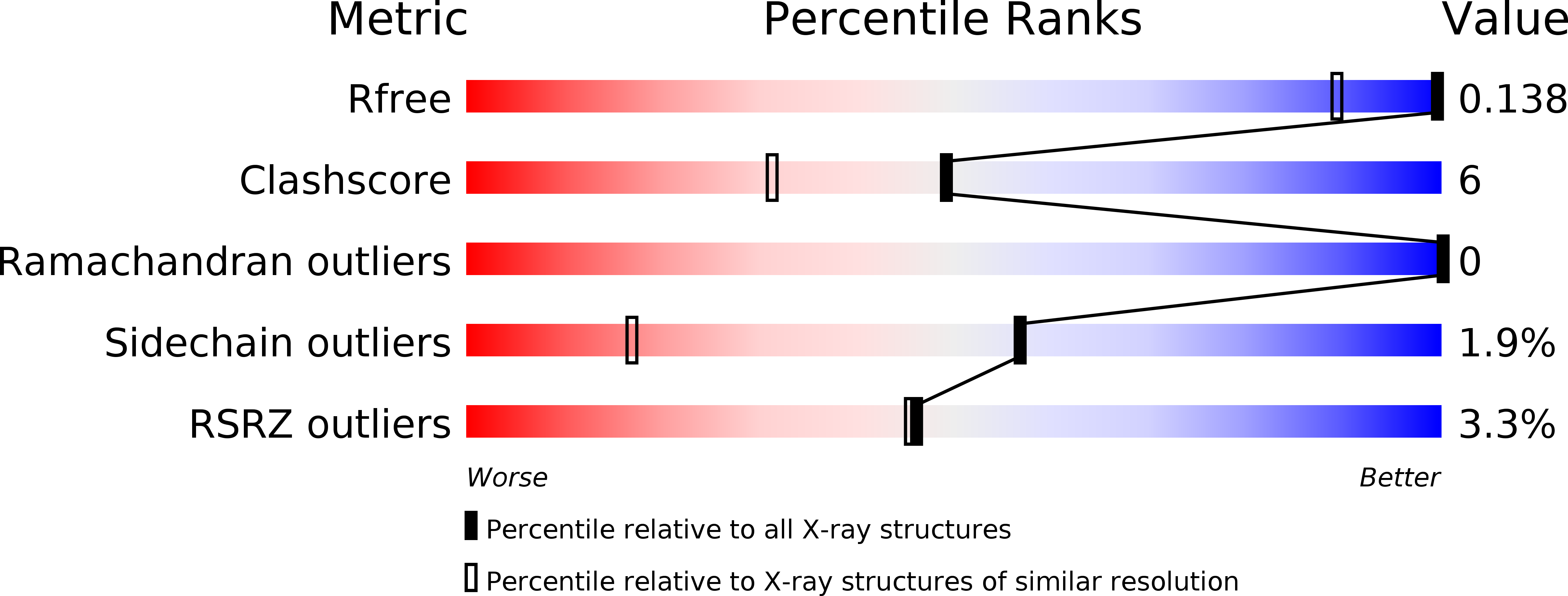
Deposition Date
2016-04-04
Release Date
2017-03-15
Last Version Date
2023-11-08
Entry Detail
PDB ID:
5B4I
Keywords:
Title:
Crystal structure of I86D mutant of phycocyanobilin:ferredoxin oxidoreductase in complex with biliverdin (data 2)
Biological Source:
Source Organism:
Synechocystis sp. PCC 6803 (Taxon ID: 1148)
Host Organism:
Method Details:
Experimental Method:
Resolution:
1.11 Å
R-Value Free:
0.15
R-Value Work:
0.12
Space Group:
P 21 21 2


